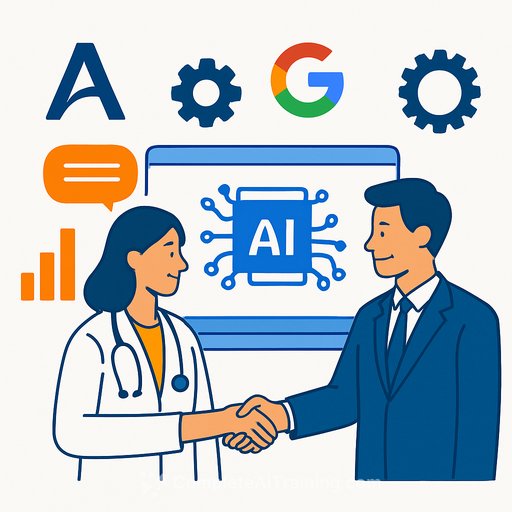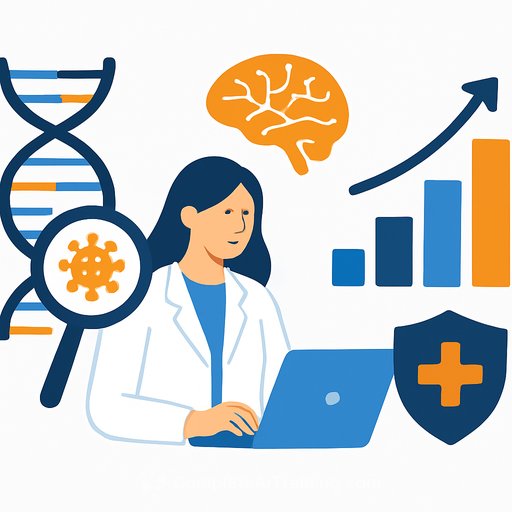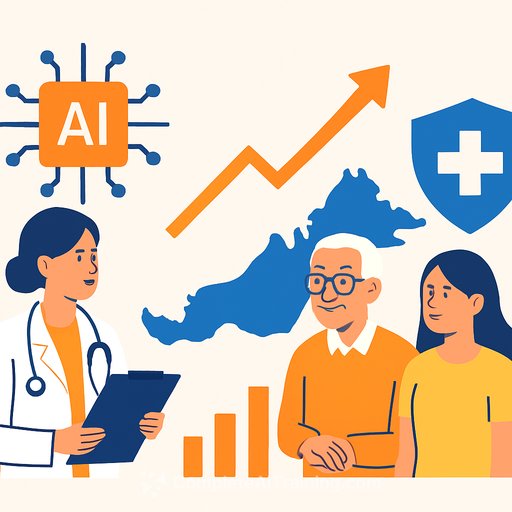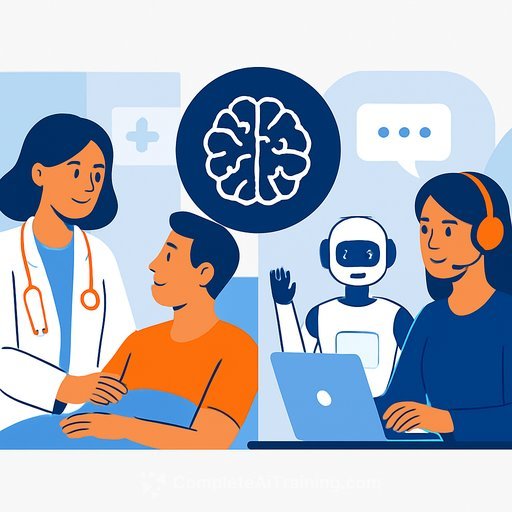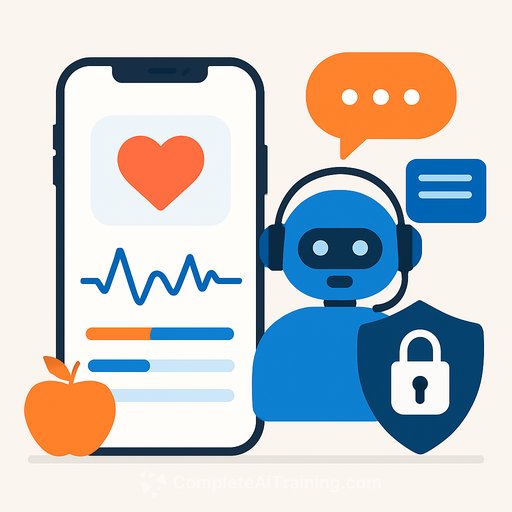Google and Adtalem Launch AI Credentials to Tackle Burnout and Build a Ready Healthcare Workforce
AI will influence clinical work, but the value depends on clinician readiness. At the CNBC AI Summit, Adtalem Global Education announced a partnership with Google to create the first comprehensive AI credentials built for clinicians, integrating AI education directly into training and practice.
The problem they are aiming at is clear: administrative burden. As Steve Beard put it, "everything we know from the surveys of clinicians today is that the number one driver of burnout and career dissatisfaction is the administrative burdens associated with practice." If AI doesn't reduce clicks, messages, documentation, and follow-up, it misses the point.
The Plan: Workforce Readiness First
Beard's focus is direct: "the critical contingency that has to be solved for is workforce readiness. How do we get clinicians ready to adopt these technologies in ways that allow the investments to deliver the returns that delivery systems are looking for?"
The partnership will use Google Cloud to build a stack of certifications that cover general AI fluency and role-specific tools for nurses, physicians, and imaging teams. Initial certifications are expected in 2026, with a goal that graduates are "day one ready" to use approved AI tools safely and effectively.
AI Won't Replace Clinicians. It Will Remove Friction.
Concerns about job loss are real, but the message here is complementary, not replacement. "AI is a fantastic complement… and we should be encouraging the adoption of these tools because what they can do for the experience that we all have in US healthcare."
What must remain intact is trust. "The human element in healthcare, particularly in the way it drives trust between the clinician and the patient, is something that can't really be replicated by the machines." Adtalem's work with Hippocratic AI shows how voice agents can handle non-diagnostic tasks while nurses and physicians oversee quality and compliance.
What This Means for Health Systems and Schools
- Set a clear standard: define which AI competencies are required by role and by unit.
- Start with high-friction workflows: intake, documentation, prior auth, patient messaging, discharge instructions.
- Adopt human-in-the-loop as a rule: AI drafts, clinicians review, leadership audits.
- Integrate into curricula and CME: AI literacy, prompt practices, data privacy, bias, and safety.
- Measure outcomes: time saved per shift, message turnaround, documentation accuracy, patient experience, and safety events.
- Align with IT and compliance: procurement, PHI handling, model validation, and incident response.
What Clinicians Can Do Now
- Learn the basics: how generative and predictive tools work, where they fail, and how to verify outputs.
- Pilot responsibly: use AI to draft notes, summarize charts, and prep patient education-always review.
- Protect patient trust: explain when AI assists your work and what you verify yourself.
- Give feedback: push vendors and leaders for tools that reduce clicks, not add steps.
Why This Matters
If AI removes the administrative drag, clinicians get time back for bedside care and complex decisions. That is the path to better outcomes, lower burnout, and a more attractive career trajectory for future clinicians.
To track the infrastructure behind these credentials, see Google's healthcare AI resources on Google Cloud.
Looking to map your own path to AI certifications and role-based skills? Explore current options here: Popular AI Certifications.
Your membership also unlocks:

